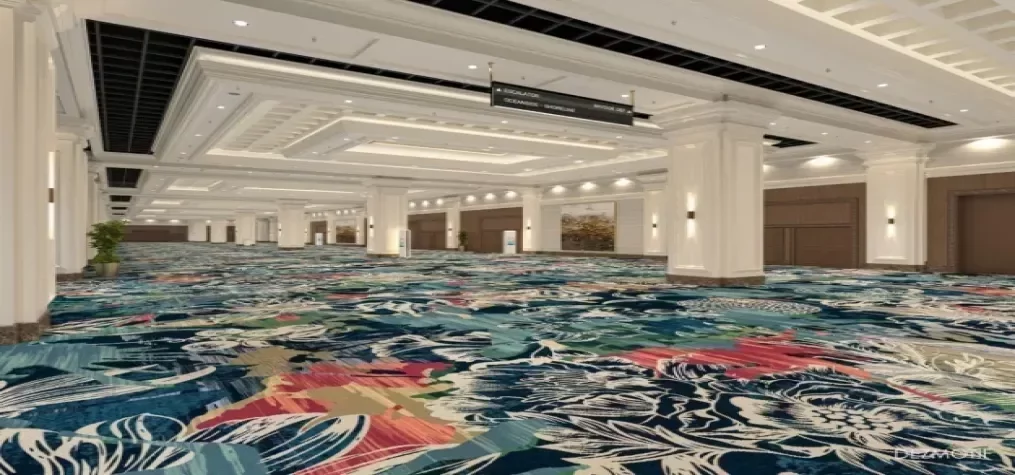Keith R. Chamberlain

As co-founder of RevvCrew and CEO of KEROSENE Marketing, Keith R. Chamberlain helps associations, nonprofits and businesses start with the end in mind in order to innovate, grow and succeed.

There has been lots of chatter in the world of event planning, associations, marketing and nearly every other industry these days. Why all the buzz?
Companies like Apple, IBM, GE and Kaiser Permanente use Design Thinking’s human-centered process to meet customer needs in strategically viable ways – simply meaning, they make customers happy and they make money doing it. In his recent Harvard Business Review article, education company Blackboard’s vice president of design, Jon Kulko, notes that companies that have made Design Thinking (DT) an integral part of their culture share some common attributes.
These include the following:
What is Design Thinking?
Good design is done by starting with the end in mind.
With Design Thinking, a good deal of the process is empathizing with your audience and really getting to the root of their needs. From there, you develop a host of ideas, create minimally viable products – meaning they are not built as final – to test and learn, and then you test them in real life. Iteration is purposefully embedded in the process to continuously improve and refine.
Guido Kovalskys at the Institute of Design at Stanford University tells us that good design requires one to be mindful of process – not just what you do, but how you do it and how to improve your process.
Can associations apply Design Thinking to their organizations?
Absolutely. Deploying DT does not require billions of dollars in capital reserves or a fancy-schmancy R&D team. In applying Design Thinking at organizations we’ve worked with in the past, we’ve never found that spending lots of money is a requirement for success.
Paraphrasing Mr. Kovalsksy, Design Thinking requires being mindful of process. It requires thoughtful application of staff time and team energy. How you work together matters.
So, yes, associations and event planners can most definitely apply Design Thinking to their worlds.
What will happen when you use Design Thinking?
First, expect to learn a lot about your culture’s ability to cope with ambiguity and risk. With Design Thinking, the goal is not to launch perfect products or services. Rather, the goal is to iterate well – this means performance ideals and metrics must migrate from those seeking perfection to those steeped in continuous improvement.
Design Thinking is a team sport. Your organization will become more inclusive of employees and members in the discussion and decision process. Your internal coordination will improve when cross-departmental teams own the full course of their work. Team purpose, form and function gains clarity. As a result, execution improves overall, too.
With Design Thinking done right, members and employees are empowered and encouraged to contribute; subsequently, they do so in awesome and pleasantly unexpected ways. Your organization can expect to experience improved employee engagement in addition to better products and services aligned to previously unidentified member needs.
Results: happier members (higher retention), happier employees (less turnover) and more revenue.
What challenges arise when putting Design Thinking in place?
Design Thinking is not for the faint of heart. But its potential rewards are tremendous for all stakeholders and the many upsides make it worth giving it a go. That said, the table below offers a few tips for addressing a few of the primary challenges you may face.
| CHALLENGE | RESOLUTION |
| Pushback from departments or individuals that don’t understand the value Design Thinking can bring to the creation of new customer experiences. |
Start small, perhaps with a project where only two or three departments need to be involved. Once you’ve had success in the pilot, using a step in the DT handbook, show (don’t tell) the benefits of using this approach to the rest of the organization. |
| Fostering coordination among individuals and departments necessary to intensively prototype, test and iterate on the creation of new experiences. |
Mindful design of self-governing (not hierarchical) team structure(s) and processes require the handing over responsibility, accountability and authority to the team. |
| If things stall, the inclination, according to Donald Sull, “is to respond by tightening the screws on alignment - tracking more performance metrics...or demanding more frequent meetings to monitor progress and recommend what to do. This top-down scrutiny....stifles the experimentation required for agility and peer-to-peer actions that drive coordination.”* | Develop executive buy-in and commitment to the team structures and independence required for Design Thinking to build momentum and succeed. |
|
*Sull, et. al, Why Execution Unravels and What to Do About It, Harvard Business Review, March 2015 |
|
A Brief Case Study
At a national association, we used a Design Thinking process with members, board and staff to identify the following undesirable member (and staff) experiences:
It was clear member needs could be better met. Subsequently, we created an experience design plan and new interdisciplinary teams; we prioritized no fewer than 10 major projects for execution (e.g. a new online publication, new volunteer opportunities, and new/improved access to benefits).
The outcomes were significant. By applying Design Thinking to the member experience, the association:
Start Small and Iterate
Design Thinking offers a vastly different approach to creating new solutions; however, its impact can be positive in a variety of dimensions. Starting small with one or two projects will allow you to apply Design Thinking, minimize disruption, and discover and prove that a “mindful process” will improve the experiences of both members and staff.
While you may find it useful to find outside help, if you stick to the process you can even apply Design Thinking to your own version of the Design Thinking process to continuously improve your events and conferences (Yes, you read that correctly: I just said to purposefully iterate on the design of your Design Thinking process).
And remember, patience, young Jedi...patience.

Add new comment